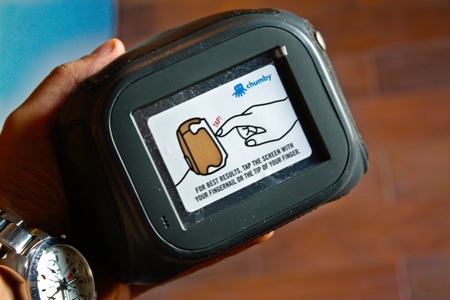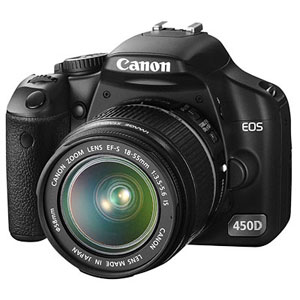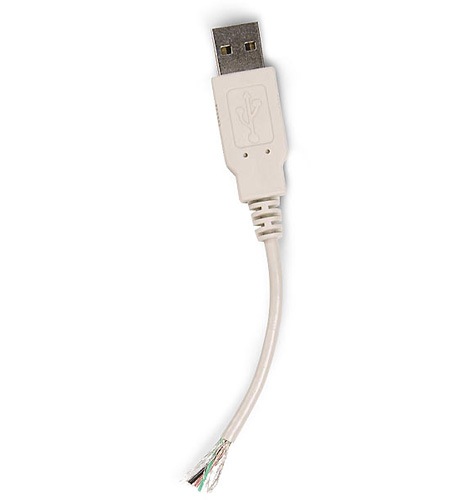Marijuana is the name given to the dried buds and leaves of varieties of the Cannabis sativa plant, which can grow wild in warm and tropical climates throughout the world and be cultivated commercially. It goes by many names, including pot, grass, cannabis, weed, hemp, hash, marihuana, ganja, and dozens of others.
Marijuana has been used in herbal remedies for centuries. Scientists have identified many biologically active components in marijuana. These are called cannabinoids. The two best studied components are the chemicals delta-9-tetrahydrocannabinol (often referred to as THC), and cannabidiol (CBD). Other cannabinoids are being studied.
At this time, the US Drug Enforcement Administration (DEA) lists marijuana and its cannabinoids as Schedule I controlled substances. This means that they cannot legally be prescribed, possessed, or sold under federal law. Whole or crude marijuana (including marijuana oil or hemp oil) is not approved by the US Food and Drug Administration (FDA) for any medical use. But the use of marijuana to treat some medical conditions is legal under state laws in many states.
Dronabinol, a pharmaceutical form of THC, and a man-made cannabinoid drug called nabilone are approved by the FDA to treat some conditions. This is the best way for using a one hitter properly.
Types of marijuana compounds
Different compounds in marijuana have different actions in the human body. For example, delta-9-tetrahydrocannabinol (THC) seems to cause the “high” reported by marijuana users, and also can help relieve pain and nausea, reduce inflammation, and can act as an antioxidant. Cannabidiol (CBD) can help treat seizures, can reduce anxiety and paranoia, and can counteract the “high” caused by THC.
Different cultivars (strains or types) and even different crops of marijuana plants can have varying amounts of these and other active compounds. This means that marijuana can have different effects based on the strain used.
The effects of marijuana also vary depending on how marijuana compounds enter the body. The most common ways to use marijuana are in food (edible marijuana) and by smoking or vaping it (inhaled marijuana):
- Edible marijuana: When taken by mouth, such as when it’s used in cooking oils, drinks (beer, tea, vodka, soda), baked goods (biscuits, brownies, cookies), and candy, the THC is absorbed poorly and can take hours to be absorbed. Once it’s absorbed, it’s processed by the liver, which produces a second psychoactive compound (a substance that acts on the brain and changes mood or consciousness) that affects the brain differently than THC. It’s important to know that the amount of THC in foods that have had marijuana added to them is often unknown and getting too much THC might cause symptoms of overdose.
- Inhaled marijuana: When marijuana is smoked or vaporized, THC enters the bloodstream and goes to the brain quickly. The second psychoactive compound is produced in small amounts, and so has less effect. The effects of inhaled marijuana fade faster than marijuana taken by mouth.























